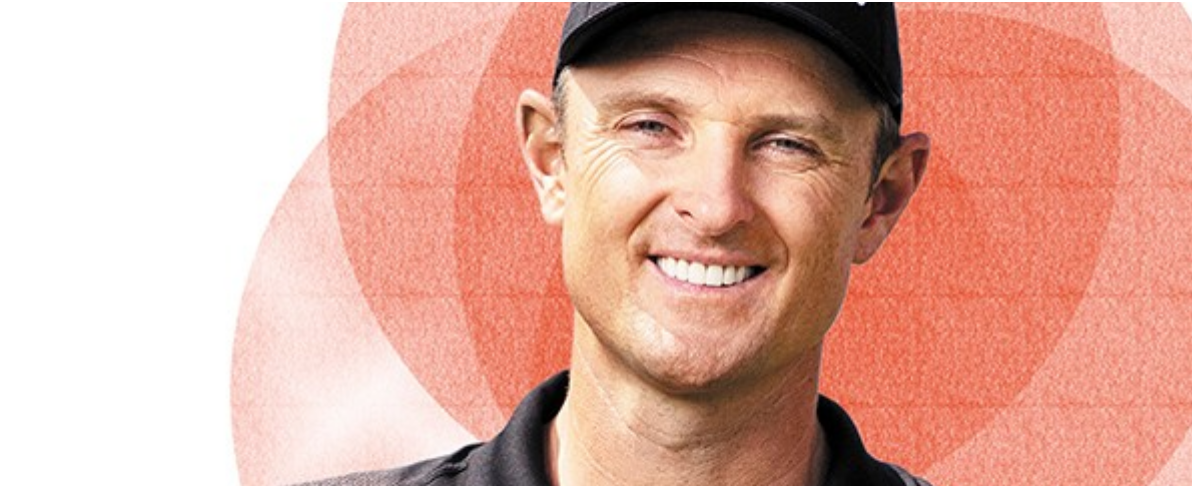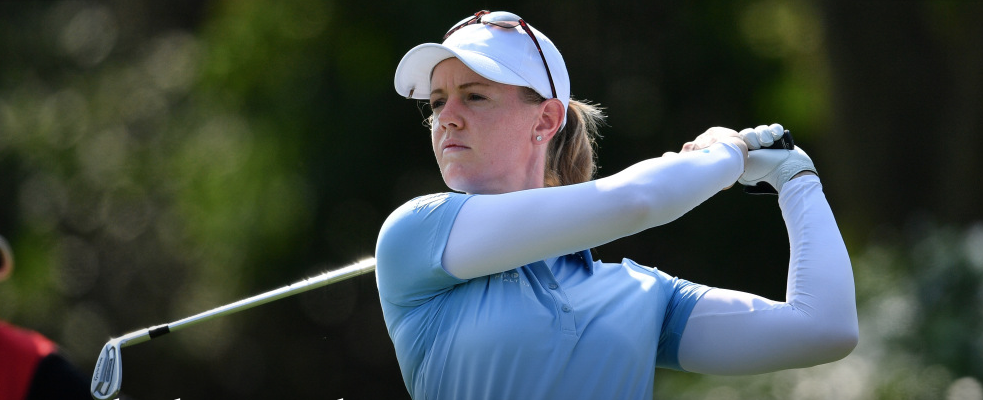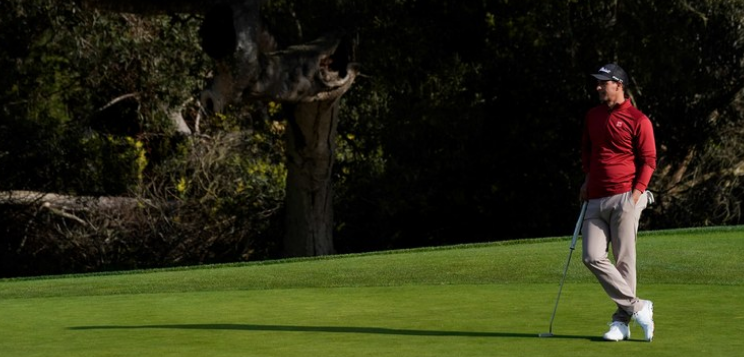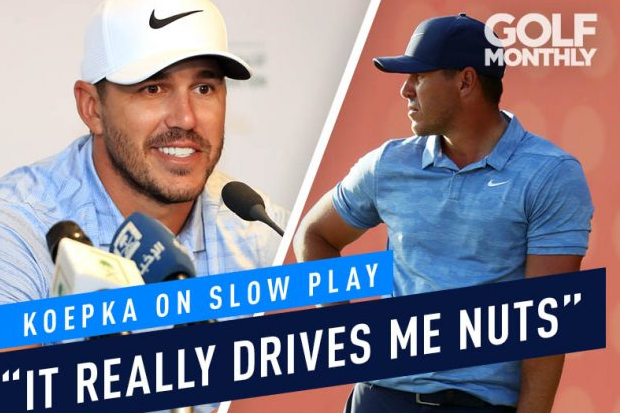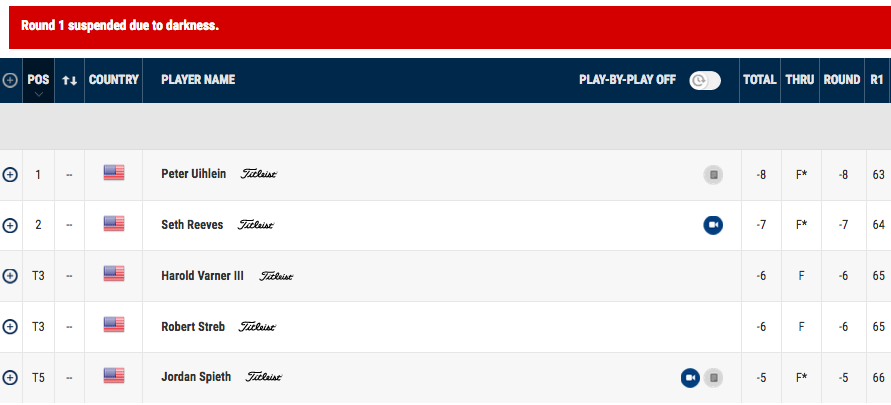JB Holmes overcame a four-stroke deficit to fellow Kentuckian Justin Thomas in winning the Genesis Open.
My Golfweek game story on a weird day to wrap a weird week.
Obviously Holmes is no fan favorite after last year’s debacle at Torrey Pines but today’s conditions certainly were difficult. That said, as the video embedded below shows, there is a lack of urgency and ready golf issue, as well as a green reading book in this example.
But first, his comments after a final round 70 at Riviera:
Q. The conditions made things really tough, but there was a lot of discussion on the broadcast and social media about the pace of play today. What were your thoughts about the pace and is that something you were thinking about or working on?
J.B. HOLMES: Well, you play in 25 mile an hour gusty winds and see how fast you play when you're playing for the kind of money and the points and everything that we're playing for. The greens are fast, the ball Adam had a putt, he kept setting the ball down and it was rolling.
You can't just get up there and whack it when it's blowing that hard. You've got to read wind and there's a lot of slope on these greens. It's not an easy golf course and you throw in winds like that. On 13 or 14, the par 3, I hit a 5iron and it stays pretty good. He hits a 5iron really good and a gust of wind comes up and he comes up like 15 yards short, and I think he hit it better than I hit mine. It's very tough. Then when you get putting like that, it's just not going to be fast anywhere.
And…
Q. Adam Scott said just before that we know J.B.'s a slow player and there was some discussion on the broadcast. Do you think that's a fair assessment?
J.B. HOLMES: I've been slow in the past. I don't think as slow as I mean, I'm not the fastest player, but I mean, like I said, it was really windy today and we waited a lot early. At the end, I took a little bit longer at the end, but you're talking about getting down to the tournament, you're talking about the last nine holes of the tournament. I mean, I think correct me if I'm wrong, but I think a lot of times the last group of the tournament gets a little bit behind.
So I was never even close to being on the clock all week. I mean, yeah, when I first got out here I was really slow, but I've sped up quite a bit. Like I said, the conditions made it tougher, too. Sometimes you're waiting for the wind to stop blowing 30 miles an hour. Like I said, I've gotten better. There's times when I'm probably too slow, but it is what it is. I was never on the clock. Nobody never even got a warning. TV wants everything to be real fast all the time.
Earlier today on the fourth hole:




